Guide to Smart Strength Training
Here’s my guide to help you build a smart strength training program.
Consistency - The path to lifelong fitness starts with consistent workouts. I made fitness a lifestyle choice in my early 20’s. Keeping with that commitment, I schedule time for strength training 2-3 times per week, and have mostly kept that schedule for 40 years. I believe my fitness investment will continue to pay dividends throughout my life. Invest in your fitness now, and your future self will thank you. Remember, the only bad workouts are the ones you miss.
Goals - My “why” for training is so that I can maintain an active lifestyle throughout my life. I also schedule cycling events on my calendar that require training, such as Ride the Rockies, Triple By Pass, and the Pikes Peak Hill Climb. I recommend you share your fitness goals with your family and friends, and if possible, find a training partner. Your goals and fitness events should require training. Possible long term goals to consider can include continued freedom, independence, and travel.
Training Program - What works best for me is a training program with two alternating full body workouts. The workouts are easy to remember and enable me to complete the exercises at home, commercial gyms, and when traveling. I recommend you don’t get distracted by the “latest and greatest” workouts that often appear on the internet and in fitness magazines. Stick to your program and progress your exercises to get stronger. My current training program includes the following key exercises:
Lower body - squats, lunges, glute bridges, leg curls, and deadlifts.
Upper body - pulldowns, rows, vertical and horizontal presses.
Core - planks, chops, lifts, carries, and rotational movements.
Power - throws, jumps, bounds, hops, and swings.
Workout Pattern - My workouts alternate between lower and upper body exercises, core exercises, and power movements. This alternating pattern requires minimal rest between sets, allowing me to complete more exercises and improve my endurance. I recommend you don’t attempt to complete multiple sets of the same exercise back to back. This repetitive method requires longer rests between sets, reduces the quality of your sets, and also gets boring. We’ve all had the frustrating gym experience of waiting for someone who ties up equipment to complete their 4th set in a row. Don’t be that guy or gal!
Here is a portion of one of my workouts using an alternating pattern:
Upper Body - Cable Pulldown
Lower Body - Squat
Upper Body - Dumbbell Press
Power - Box Jumps
Core - Cable Chop
Functional Exercises - My program includes functional exercises that require full body movements, and doesn’t include muscle focused exercises like bicep curls. Functional training is best characterized by multi-joint exercises done with feet or knees on the ground, and without the support of machines. Functional training also intentionally incorporates balance into workouts through the use of unilateral (one arm or one leg) exercises.
Functional training teaches you how to handle your own body weight, instead of relying on seats and benches for support. When you sit during an exercise, you cut your body in half, and miss out on the co-contraction with the glutes that provide stability for the lower back. Standing or kneeling during an exercise further challenges and strengthens your core muscles.
Examples of functional exercises include: squats, lunges, deadlifts, pushups, standing rows, dumbbell presses, medicine ball throws, standing cable leg curls. Examples of non-functional exercises include: bicep curls, barbell bench press, ab machine crunches, seated rows, seated pulldowns, and seated leg extensions and curls. I’ve removed from my program all these non-functional exercises.
Unilateral Exercises - In this case, using one arm or leg is better than using two. My program includes mostly unilateral exercises using dumbbells, kettlebells, and cable machines with single handles. Here are just a few of the advantages unilateral exercises offer:
Uncovers and corrects dominant side strength imbalances that lead to injuries.
Require less weight, making them safer than bilateral exercises.
More effectively challenges and strengthens core muscles.
I highly recommend unilateral exercises for lifters of all ages. Unilateral exercise examples include single leg deadlifts and squats, and single arm presses and pulls.
Correct Form - Completing every exercise using proper form requires more muscle engagement, including stabilizer and major muscles. Using correct form also keeps you from getting injured while working out. Here are my rules for correct form:
Keep the spine straight and don’t round the back, especially when doing squats and deadlifts.
Keep the neck inline with the spine and don’t bob it forward when doing exercises such as pushups.
Keep wrists in a neutral position and avoid rolling them when doing exercises such as dumbbell presses.
Don't flare the elbows when doing pressing and pulling exercises.
Sync breath with the movement, such as exhaling at the top of a squat movement or the end of a press.
Don’t cheat by using momentum when doing exercises such as pulldowns and triceps presses.
